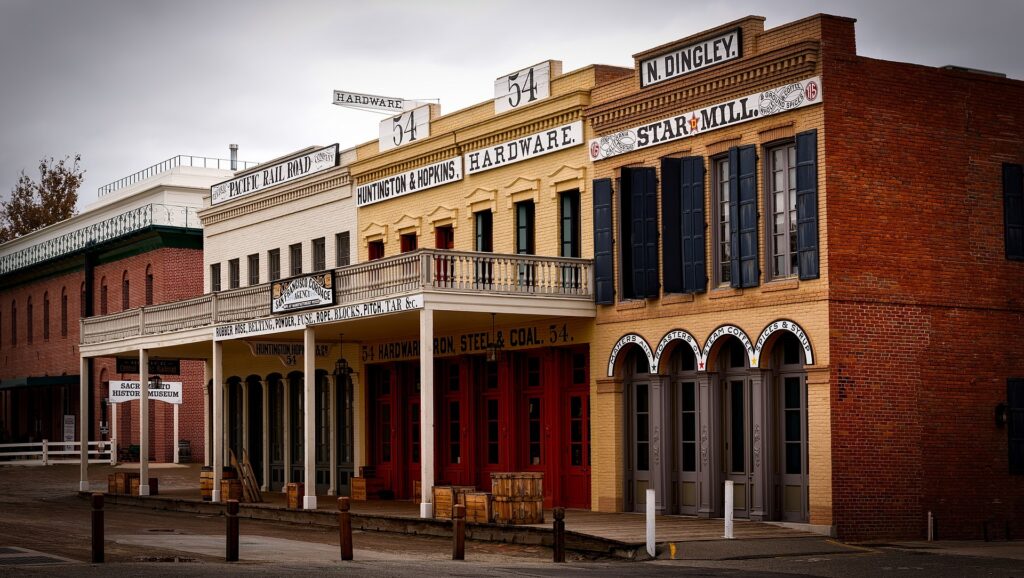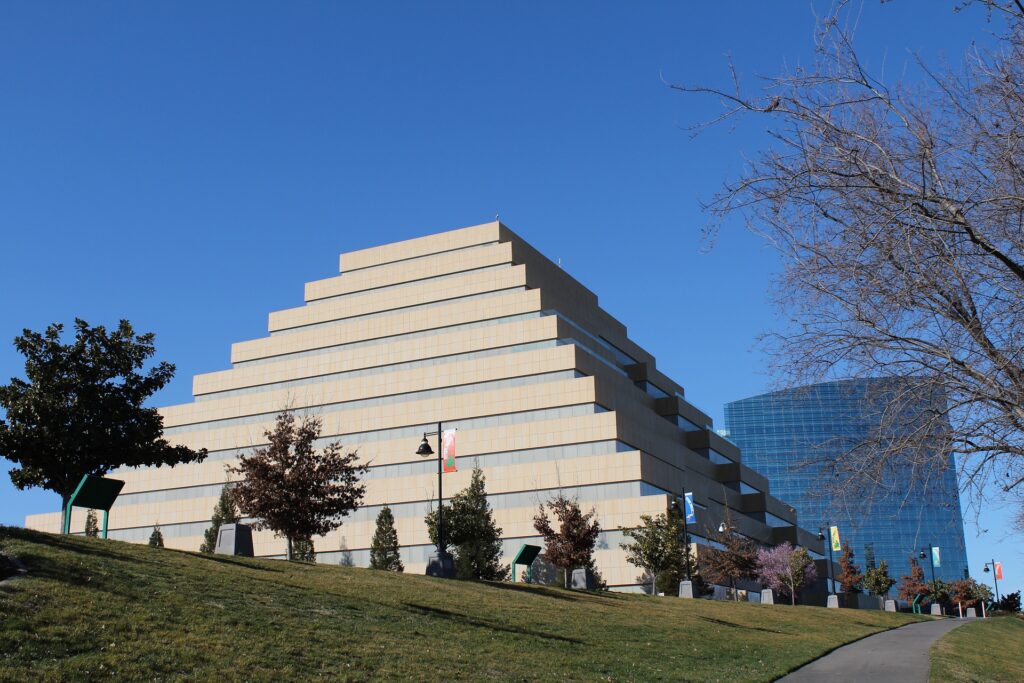Colonia del Sacramento, often simply referred to as Colonia, is a captivating town in southwestern Uruguay, renowned for its rich history, well-preserved colonial architecture, and its designation as a UNESCO World Heritage Site since 1995. Perched on the banks of the Río de la Plata, opposite Buenos Aires, Argentina, Colonia del Sacramento is an exquisite blend of cultural influences and a testament to the colonial tug-of-war that shaped Uruguay’s early history.

Historical Background
The town of Colonia del Sacramento was founded in 1680 by the Portuguese under the leadership of Manuel Lobo, who named it Nova Colônia do Santíssimo Sacramento. Its strategic position made it a focal point of repeated conflicts between the Spanish and Portuguese empires. The town changed hands several times, reflecting the contentious nature of colonial ambitions in the region. Each occupation left its mark, contributing to the unique architectural and cultural tapestry for which Colonia is famous today.
Architecture and Urban Layout
Colonia’s historic quarter, or Barrio Histórico, is the heart and soul of the town. The urban layout is irregular and features narrow, cobblestone streets that contrast sharply with the more orderly grid patterns typical of Spanish colonial towns. This divergence is a direct result of Portuguese urban planning principles, which favored organic growth over rigid geometric layouts.
Significant Structures and Landmarks
Among the myriad attractions within the historic quarter, several landmarks stand out:
Portón de Campo
The City Gate and Wooden Drawbridge were constructed in 1745 and served as the main entrance to the fortified city. This gate is a quintessential example of 18th-century military architecture and stands as a poignant symbol of Colonia’s turbulent history.
Basilica del Santísimo Sacramento
Originally built in the 17th century and later reconstructed, this basilica is one of the oldest churches in Uruguay. Its simple, yet elegant façade and well-preserved interiors offer a glimpse into the spiritual life of colonial-era settlers.
Faro de Colonia del Sacramento
The iconic lighthouse, constructed in 1857, is built upon the ruins of the Convento de San Francisco, a 17th-century convent. Visitors who climb to the top are rewarded with sweeping views of the historic quarter, the Río de la Plata, and on clear days, even Buenos Aires across the river.
Museums
Colonia is home to several small but significant museums that narrate the eclectic history of the town. The Museo Portugués, for instance, showcases artifacts from the Portuguese colonial period, while the Museo Municipal presents a broader overview of the town’s history. Other notable mentions include the Museo Español and the Museo Indígena.
Cultural Impact and Preservation
Colonia del Sacramento’s UNESCO designation underscores the global importance of its cultural heritage. Efforts to preserve and restore the historic quarter have ensured that its colonial charm remains intact while adapting to modern needs. This balance has been crucial in making Colonia a prime destination for tourists and historians alike.
Contemporary Colonia
While the historic quarter is the crown jewel, contemporary Colonia del Sacramento extends beyond its colonial past, offering modern amenities and a vibrant urban culture. The town boasts an array of restaurants, cafes, and artisan shops that cater to the steady influx of visitors. The local cuisine is a delightful fusion of Spanish, Portuguese, and indigenous influences, mirroring the town’s diverse heritage.
Natural Beauty and Leisure
Colonia’s location by the expansive Río de la Plata provides ample opportunities for leisure and recreation. The waterfront promenade, known as the Rambla, is perfect for leisurely walks, offering stunning views and a peaceful ambiance. The coastline is dotted with several beaches, like Playa Ferrando and Playa El Álamo, ideal for swimming, sunbathing, and picnicking.
More:Read about on Ciudad Perdida Trek, Colombia: An Immersive Journey
Connectivity and Accessibility
Colonia del Sacramento is easily accessible from Uruguay’s capital, Montevideo, via a well-maintained highway. Additionally, it serves as a popular day-trip destination for visitors from Buenos Aires, who can cross the Río de la Plata by ferry. This connectivity has facilitated a steady stream of tourists, enriching the local economy and fostering cultural exchange.
More: Wanted to download Odisha Magazines, visit here
Events and Festivals
The town hosts several cultural events and festivals throughout the year that celebrate its heritage and contemporary culture. The Festival Internacional de Colonia, for instance, showcases a mix of traditional and contemporary music, dance, and theater, attracting performers and audiences from across the region.

Conclusion
Colonia del Sacramento stands as a living museum, embodying the dynamic history and cultural confluence of the colonial era in South America. Its cobblestone streets, centuries-old buildings, and panoramic river views create an atmosphere that is both timeless and inviting. As a UNESCO World Heritage Site, Colonia not only preserves the past but also offers a vibrant present, making it a must-visit destination for anyone interested in history, architecture, and the enduring spirit of human resilience and creativity.
FAQ For Discover The Historic Charm of Colonia del Sacramento
Where is Colonia del Sacramento located?
Colonia del Sacramento is a city in southwestern Uruguay, situated on the eastern bank of the Río de la Plata across from Buenos Aires, Argentina.
What is the best time to visit Colonia del Sacramento?
The best time to visit Colonia del Sacramento is during the spring (September to November) or fall (March to May) when the weather is mild and the city is less crowded.
What are the must-see attractions in Colonia del Sacramento?
Some must-see attractions in Colonia del Sacramento include the Historic Quarter (Barrio Histórico), the lighthouse (Faro de Colonia), the Portuguese Museum, and the Street of Sighs (Calle de los Suspiros).
How do I get to Colonia del Sacramento from Buenos Aires?
Visitors can take a ferry from Buenos Aires to Colonia del Sacramento, with the journey lasting around 1 hour. Alternatively, there are also bus and car options available.
What are typical souvenirs to buy in Colonia del Sacramento?
Visitors often purchase handcrafted leather goods, local wines, artisanal cheeses, and traditional mate gourds as souvenirs from Colonia del Sacramento.
Is it safe to drink the tap water in Colonia del Sacramento?
It is generally safe to drink tap water in Colonia del Sacramento, as the city has good water quality standards.

